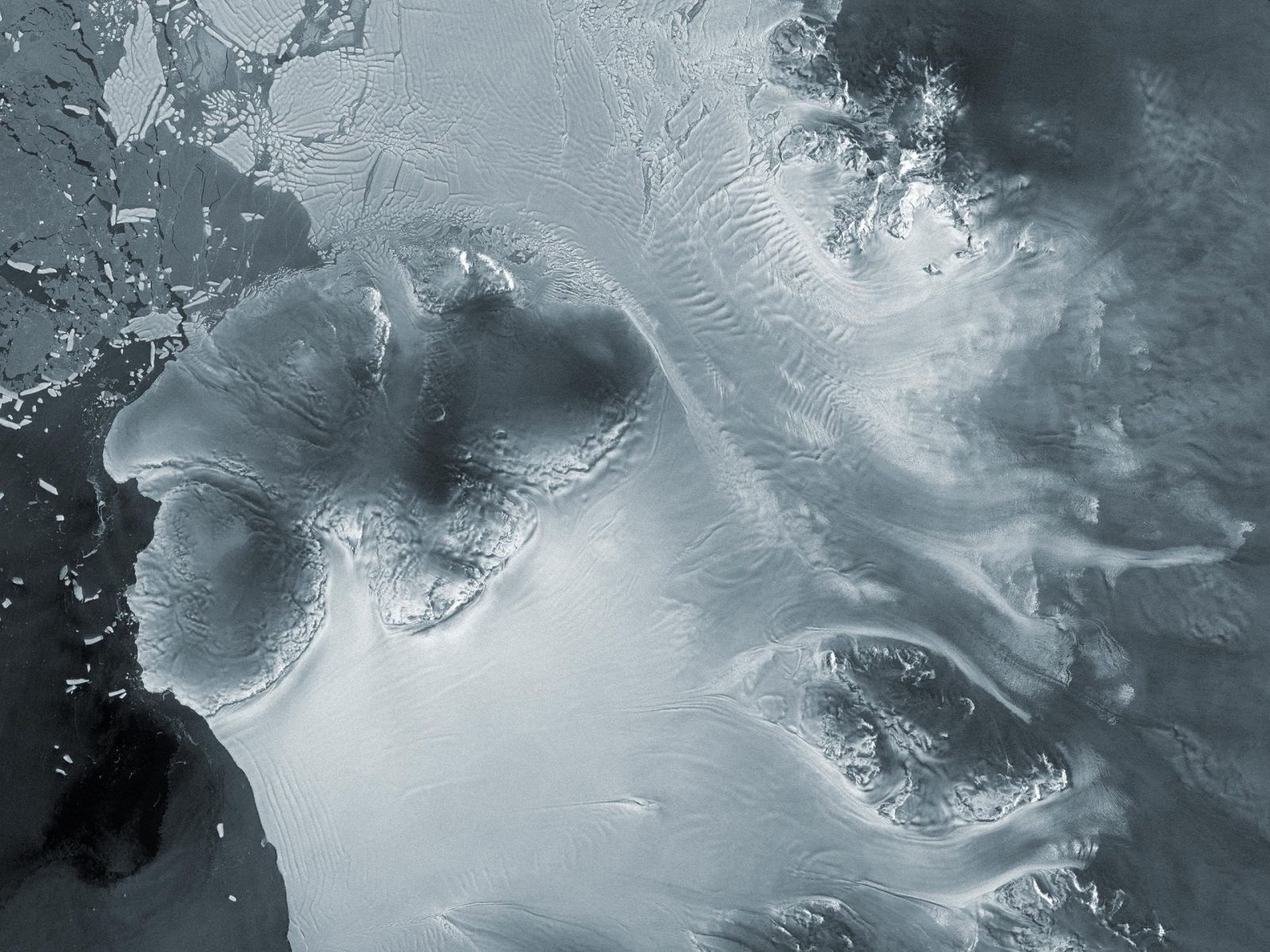An Antarctic glacier is stealing ice from its neighbor at record speed ❄️
Follow us on Google News (click on ☆)
In West Antarctica, glaciers are melting faster and faster. The area where ice begins to float on water, called the "grounding line," is retreating rapidly. This weakens the continent's ice and raises sea levels.

The East Kohler glacier, seen by satellite, is changing behavior very quickly.
Credit: ESA
A study published in The Cryosphere shows that the East Kohler glacier is sliding faster and faster. It is even capturing ice from the neighboring West Kohler glacier. This rare phenomenon, called "glacial piracy," is happening much faster than expected: in less than 20 years, instead of several thousand years.
Between 2005 and 2022, satellites showed that glaciers in the area accelerated by an average of 51%. Some are moving almost twice as fast. In contrast, the West Kohler glacier has slowed down. This is due to a change in the direction of ice flow.
Scientists track glaciers by observing how cracks in the ice move. Thanks to satellites, they can understand these rapid changes. "Glacial piracy" is a new phenomenon at this scale and could accelerate sea level rise.
What is a glacier's grounding line?
A glacier's grounding line is the point where ice still touching the ground begins to float on the ocean. When this line retreats, more ice can spill into the sea, raising ocean levels.
Satellites allow precise monitoring of this. This information is crucial for predicting the effects of climate change.